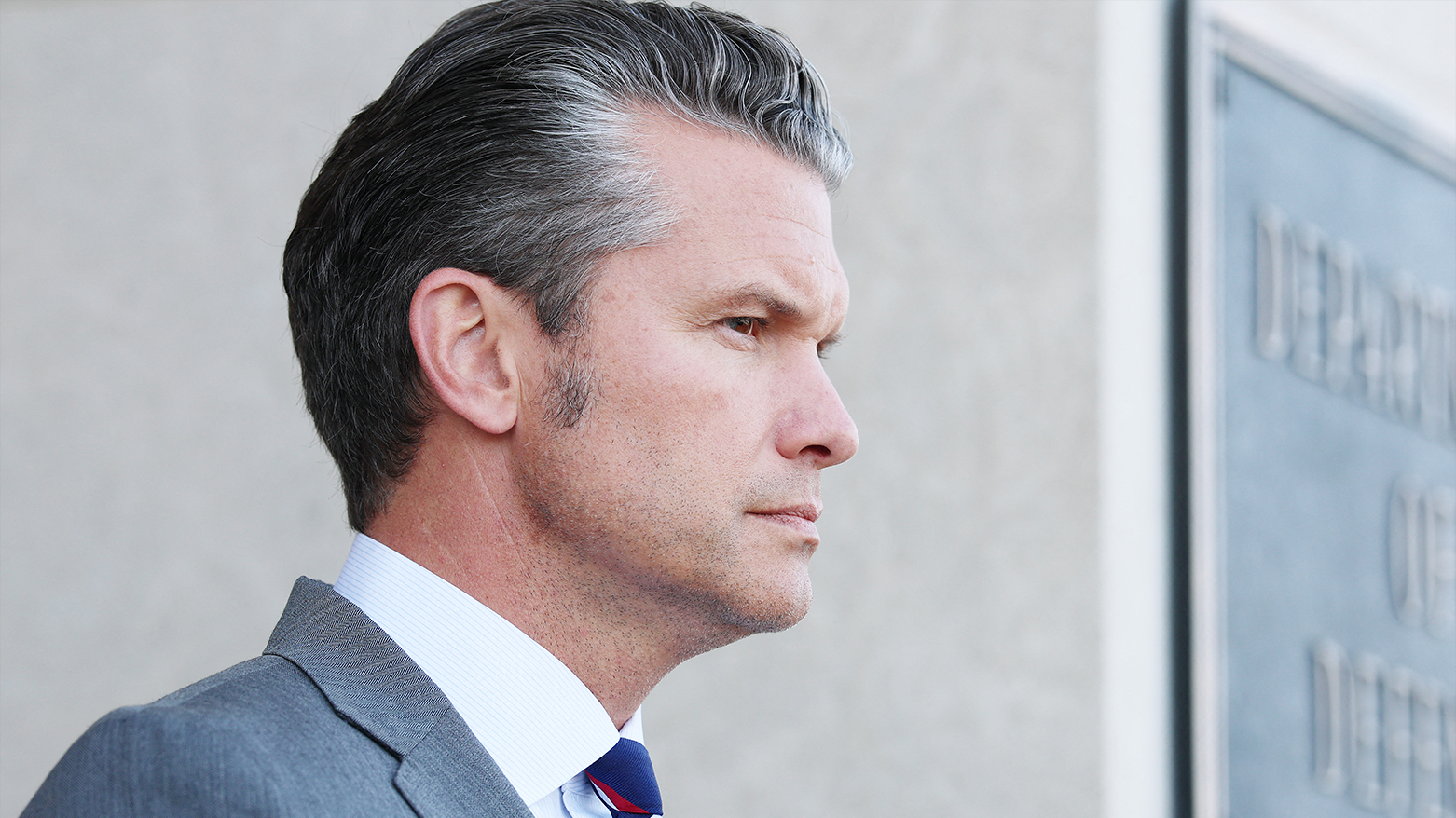U.S. War Secretary Orders Unprecedented Gathering of U.S. Generals and Admirals
U.S. War Secretary Pete Hegseth has ordered hundreds of U.S. generals and admirals to an urgent, unexplained meeting in Virginia, The Washington Post reported. The rare summons has caused confusion and alarm amid a series of firings and political moves that have unsettled the Pentagon.

ERBIL (Kurdistan24) – The U.S. War Secretary Pete Hegseth has ordered hundreds of the U.S. top generals and admirals to gather on short notice at a Marine Corps base in Virginia next week for a meeting with no publicly stated purpose. According to a detailed report by The Washington Post, which cited more than a dozen people familiar with the matter, the highly unusual and secretive directive has summoned senior commanders from their posts around the globe.
The directive, issued earlier this week against the backdrop of a potential government shutdown, applies to virtually all of the military's senior officers with the rank of brigadier general or its Navy equivalent and above who are serving in command positions, along with their top enlisted advisers. This includes top commanders in active conflict zones and those stationed across Europe, the Middle East, and the Asia-Pacific region, The Post reported.
With a total of about 800 generals and admirals in the U.S. military, and each commander typically traveling with a small staff, the total number of personnel converging on Quantico, Virginia, for the Tuesday meeting could easily exceed 1,000.
In a brief statement on Thursday, Pentagon spokesperson Sean Parnell affirmed that Secretary Hegseth "will be addressing his senior military leaders early next week," but offered no further details on the agenda or rationale for the unprecedented gathering.
The secrecy surrounding the event is so profound that even many of the high-ranking attendees themselves, along with their staffs and senior leaders on Capitol Hill, reportedly have no idea why they have been summoned. “People are very concerned,” one person familiar with the matter told The Washington Post. “They have no idea what it means.”
The unusual nature of the order has been a primary source of anxiety. According to The Post's reporting, the Department of War possesses and frequently uses highly secure videoconferencing technology that allows for sensitive discussions without requiring hundreds of key leaders to be physically absent from their commands and gathered in a single location.
One person described the directive as "not how this is done," while another U.S. official questioned the wisdom of pulling so many senior officers out of critical regions simultaneously, asking, “Are we taking every general and flag officer out of the Pacific right now? All of it is weird.”
The White House, however, has downplayed the significance of the meeting. Speaking to reporters in the Oval Office on Thursday afternoon, both President Donald Trump and Vice President JD Vance pushed back against the notion that the summit was unusual. Trump asked, “Why is that such a big deal?” and said he would attend "if they want me."
Vance, appearing alongside the president, asserted that it is "not particularly unusual" for generals to meet with the War Secretary, adding, "I think it’s odd that you guys have made it into such a big story."
This massive, in-person summons comes at a time of significant turmoil and change within the Department of War under Hegseth's leadership. The Post detailed a series of recent unilateral directives that have rankled both military officials and lawmakers.
These include, as the Post wrote, a high-profile order to rebrand the Defense Department as the "Department of War," a sweeping plan to consolidate top military commands and slash the number of general officers by 20 percent, and a string of high-level firings without cause.
News of the urgent meeting on Thursday reportedly drove considerable confusion inside the Pentagon, with officials scrambling to understand who was required to attend and why. According to The Post, concerns were growing that the gathering could be a venue for more firings.
The unusual travel order also coincides with what multiple officials described to the newspaper as an effort by Hegseth's team to exert greater political influence over the promotion process for senior officers, scrutinizing their past relationships and social media activity. This initiative, The Post's sources said, has had a "chilling effect" on rising officers and fueled fears that the military's traditional insulation from partisan politics is being dangerously eroded.
Amid the speculation, some officials familiar with the order to travel suggested the meeting might be related to a new national defense strategy currently being prepared by the administration.
This new strategy is expected to elevate homeland defense as the nation's top priority, a shift from the previous focus on China as the primary national security risk. However, another official who spoke with The Post expressed doubt that such a large and disruptive meeting would be called simply to unveil a new strategy or lecture commanders on military standards.
As hundreds of the U.S. military's most senior leaders prepare to make an unexpected and unexplained journey to Virginia, a deep sense of unease pervades the institution they lead.
The rare and secretive nature of the summons, combined with the administration's recent record of abrupt and politically charged decisions at the Pentagon, has left many to wonder whether the meeting will be a routine briefing or a dramatic inflection point in the relationship between the nation's civilian leadership and its military.